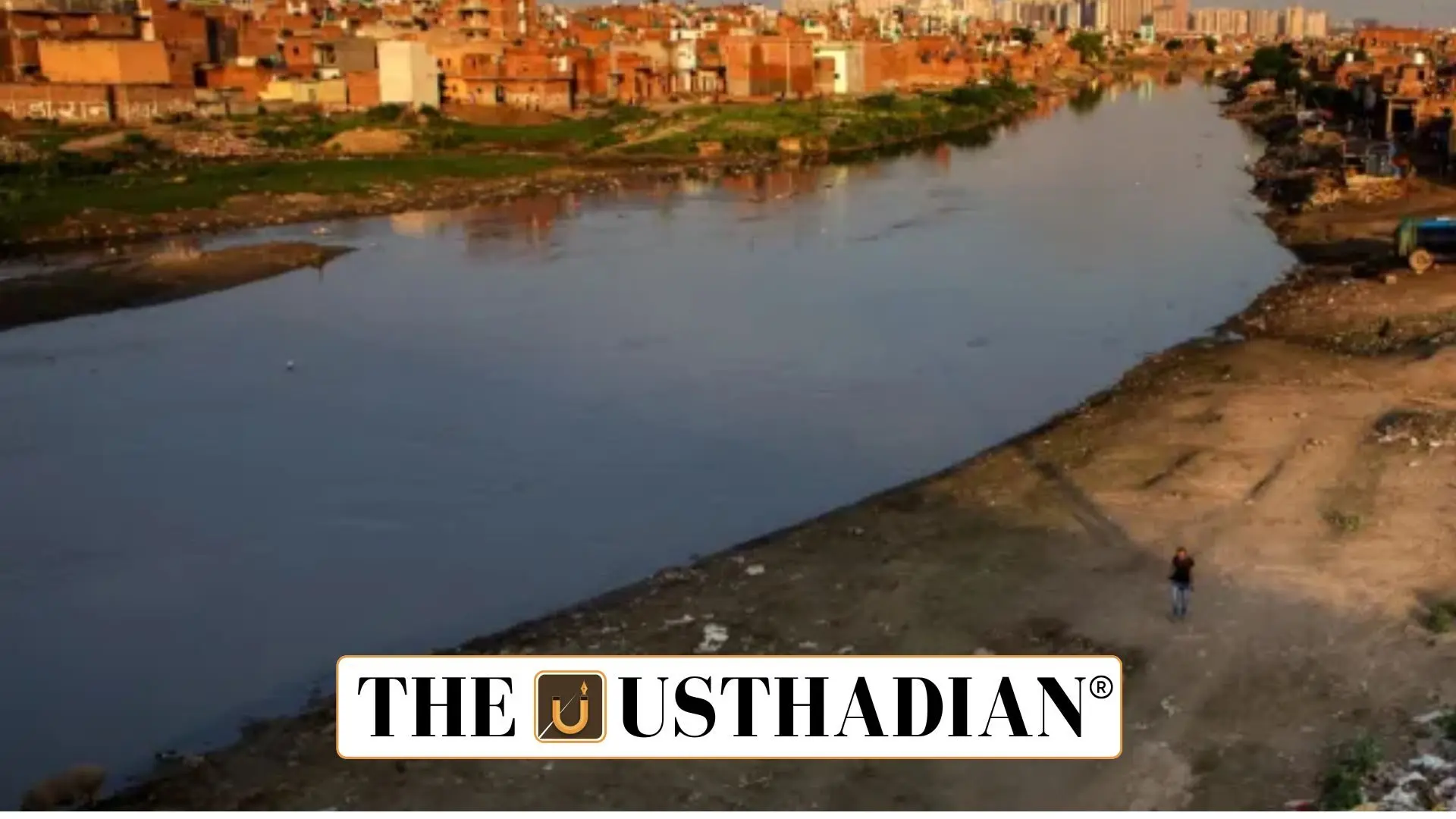Study Reveals Shocking Mercury Levels
Mercury Contamination in Tamil Nadu Water Bodies Raises Alarm: In a significant environmental finding, the Tamil Nadu Pollution Control Board (TNPCB) has reported alarming mercury levels in surface and groundwater sources near NLC India Limited’s (NLCIL) mines and thermal power plants. The study was conducted following the directions of the National Green Tribunal (NGT), Southern Zone, amid growing concerns about industrial pollution and its impact on public health.
Toxic Readings Near NLCIL Units
The mercury concentrations were recorded near Mines I, 1A, and II, and around Thermal Power Station II of NLCIL. According to the findings, 15 out of 17 surface water samples had mercury levels exceeding the safe drinking water limit of 0.001 mg/L (as per Indian standards). Shockingly, one sample from the Buckingham Canal registered 0.115 mg/L, a value that is 115 times the permissible limit, raising serious red flags.
Groundwater Also Heavily Affected
It’s not just surface water. Groundwater samples collected from the region revealed mercury levels ranging from 0.0025 mg/L to 0.0626 mg/L—2.5 to 62 times above the safe threshold. This is especially concerning given the dependence of local populations on groundwater for domestic use and agriculture. Long-term exposure to mercury is associated with neurological, renal, and developmental issues, making this a serious public health hazard.
Mercury Standards: India vs Global Norms
Globally, mercury is one of the most dangerous heavy metals regulated under water quality norms. While the USEPA (U.S. Environmental Protection Agency) prescribes a limit of 0.002 mg/L, Indian standards set it even stricter at 0.001 mg/L. The detected values in this study are many times higher than both these benchmarks, indicating industrial discharge or poor containment of fly ash and waste materials.
What Lies Ahead?
Environmental activists and public health experts are demanding immediate action from NLCIL and government authorities. Measures like remediation of contaminated sites, safe disposal of industrial waste, and regular water quality monitoring have been recommended. The NGT is expected to take further steps to hold violators accountable and ensure safety for local communities.
STATIC GK SNAPSHOT
Mercury Contamination in Tamil Nadu Water Bodies Raises Alarm:
| Parameter | USEPA Limit (mg/L) | Indian Standard (mg/L) | Observed Range (mg/L) |
| Mercury (Hg) | 0.002 | 0.001 | 0.0012 – 0.115 (surface) 0.0025 – 0.0626 (groundwater) |
| Source of Contamination | NLC India Limited (Mines I, 1A, II, TPS-II) | – | – |
| Worst-Affected Location | Buckingham Canal | – | 115x above safe limit |
| Health Impact | Neurological, Kidney, Developmental disorders | – | – |
| Regulating Body | TNPCB under NGT supervision | – | – |








